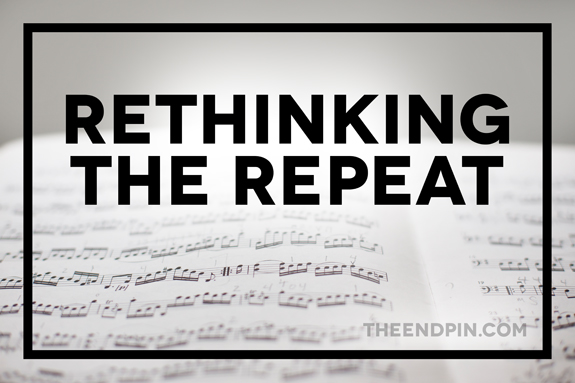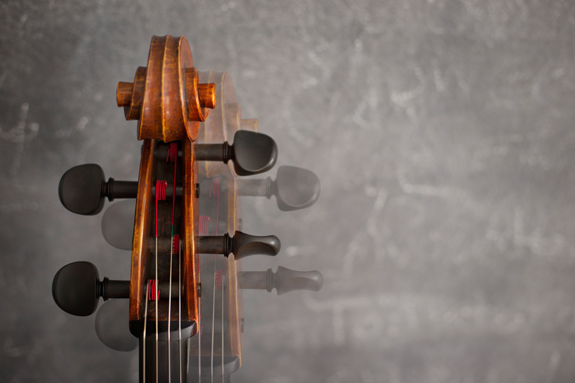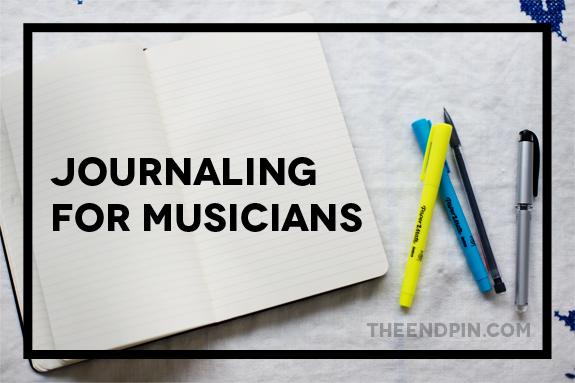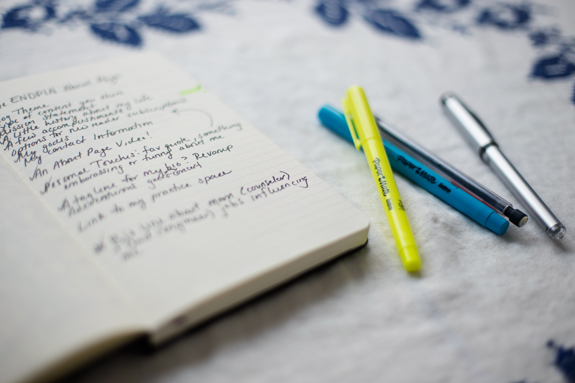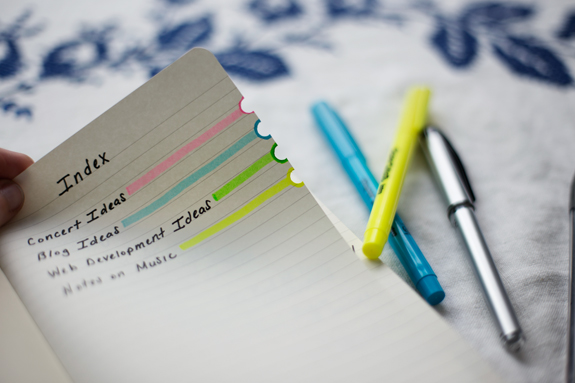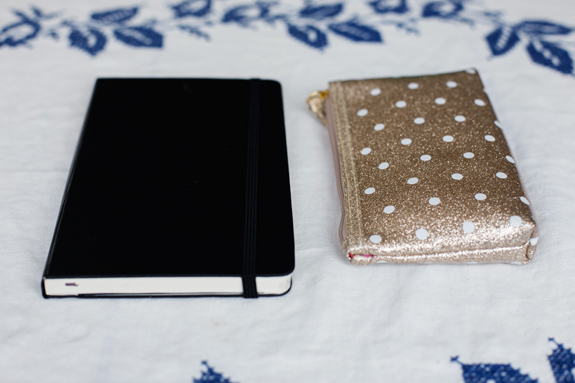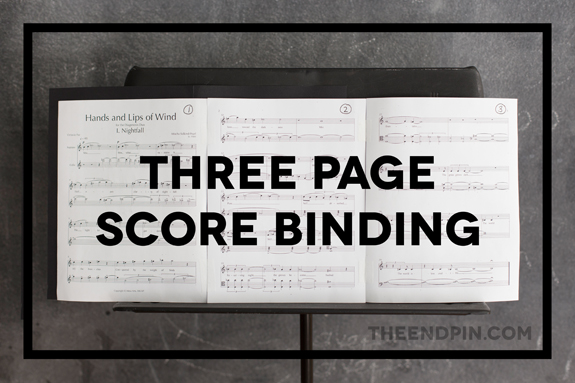How does the saying go? "There are two kinds of people in the world: those who divide the world into two kinds of people, and those who don't" – Robert Benchley
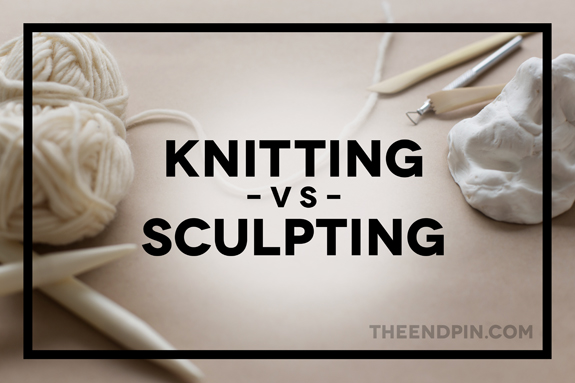
Well, today I'm going to fall into the former category along with
Karl Paulnack, dean of the School of Music at Ithaca College. I met him when he was the Director of the Music Division at Boston Conservatory, and he taught me a metaphor I've been using ever since.
You're Either a Knitter or a Sculpter
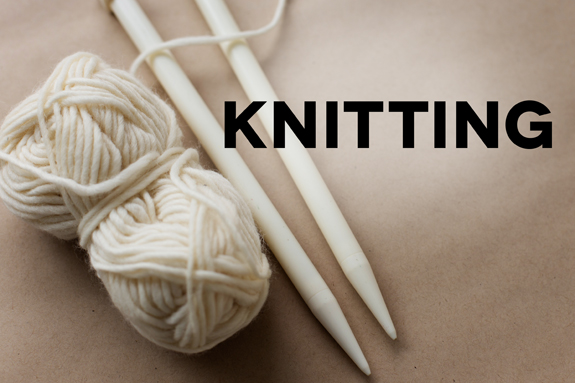
Knitting is a step-by-step process. Each stitch must be perfect before the knitter can move on, and mistakes cause ripple effects out into the rest of the work. Knitters can't to skip to the end or bounce to another part of the project, they work one stitch at a time until they're finished.
Workers who are "knitters" start at the beginning and deal with each section or obstacle as it arises. In music, these are the people who learn rehearsal A before they can go on to B. They perfect the first phrase before dealing with the next and are inclined to start the metronome at its lowest setting, working their way click by click to the final tempo. They thrive on detail and the micro-level.
At their worst, the knitter is all nuance and no vision, or can't find their way to the end a project. At their best, they're the master of detail and patience.

Sculptors begin with a chunk of clay or rock. From the whole, they slowly chip away, forming details layer by layer. They move around their medium, revealing the whole as they refine the edges of their work. Working on one section without stepping back to examine the whole results in distortions and imbalances, so the sculptor always has their eye on the gestalt.
Workers who are "sculptors" begin each project with an overview to evaluate all challenges and get a sense of the final result. In music, they're likely to play through a piece, deal with small issues, then run through the piece again to see how their solution fit into the larger context. They drill down from the whole into its details and always place musical elements in a large scale.
At their worst, sculptors are full of grand gestures without the substance to back them up, or they end up with a sloppy final product. At their best, they're masters of form and vision.

In reality, none of us are
only knitters or
only sculptors - we land somewhere in between, but might lean one way or the other. Depending on what's being asked of us or what phase of a project we're in, we might switch between the two styles.
But, because music is so often collaborative, it's still helpful to know which way you lean. For example, I'm almost always a knitter, so, left to my own devices, I'll drill a detail into the ground until. It. Is.
Perfect. That's fine in my personal practice, but can be soul-sucking for my sculptor collaborators. I'm always careful to keep an eye out for the glazed over "can we PLEASE move on!" look from my partners in music - that's when I know it's time to switch to sculpting!
Being aware of my penchant for knitting is also helpful when I start new projects. I know if I need to learn a piece of music quickly, I might not have time to knit - if I do, I'll probably sound rough at the end of the piece. Instead, I know I'm going to have to let go of a few details and spend some time sculpting.
In the end, it's best to be able to knit
and sculpt, and either method can be learned with a little targeted effort. Both styles are useful in different settings, and both end in beautiful art.
So which are you? Knitter or sculpter?


